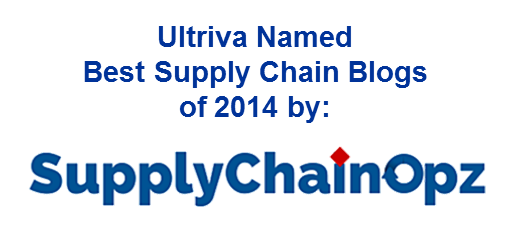Material Handling Industry (MHI), the leading trade association for the material handling, logistics and supply chain industry, recently reported that when it comes to supply chain risk, firms need to peel the onion past their tier-one suppliers to get the complete picture. Referencing a recent study by Resilinc Corp., leading global supply chains have become dependent on the same small group of sub-tier suppliers – concentrating risk and increasing the potential for supply chain disruptions.
 MHI members are the pioneers and leading manufacturers in the field of material handling, supply chain, and logistics, now an annual $156 billion material handling and logistics industry.
MHI members are the pioneers and leading manufacturers in the field of material handling, supply chain, and logistics, now an annual $156 billion material handling and logistics industry.
Because this sub-tier supplier concentration is occurring deeper into global supply chains, many large organizations are not aware of the risks involved. The Ultriva team concurs that most are not adequately prepared to mitigate those risks.
The findings of the Resilinc study are based on a subset of its unique global supply chain mapping data from hundreds of suppliers across thousands of supplier sites spread over 50 countries. A detailed analysis of the data was performed in order to identify specific industry trends to assist clients in improving supply chain resiliency planning and sourcing tactics. While the study focused on the high-tech and automotive industries, many of the sub-tier suppliers analyzed also support other global industries.
The analysis found that global supply chain risk does tend to be concentrated in certain sub-tier suppliers and localities, posing increased disruption risk potential to the companies exposed to those dependencies. More than 50% of all sites analyzed are located in just four countries: Taiwan, China, the USA and Japan. The study further found that a high degree of supplier factory aggregation in a relatively small sub-set of regions creates global supply chain hotspots, and many of these hotspots for high-tech and automotive suppliers are in areas known for susceptibility to natural disasters.
This study underlines the critical need for deeper sub-tier dependency visibility into suppliers’ global footprint and site locations, sub-contractor and sub-tier supplier dependencies, site activities, part’s origin, alternate sites, recovery times, emergency contacts and business continuity planning (BCP) information.
I believe that collaborative relationships are critical because for several decades the Customer–Supplier relationship largely followed the path of a boss–subordinate model. Customers continued to dictate and their suppliers responded to the best of their abilities. In certain industries this relationship became quite tenuous as customer continued to demand price reductions and superior service without offering anything in return. It has often resulted in a drop in quality or suppliers going out of business. In general there was a clear lack of trust. The fact that unrealistic forecasts coupled with MRP exceptions of constant expedite and deferring of orders made the situation worse. It was clear that unless the trust in the supply chain was re-established the relationship would end up deteriorating further.
A key mechanism to building trust guided by Ultriva, has been to move away from dictating and towards collaborating. Sharing of relevant information, building common metrics, providing real time visibility and working towards continues improvement are the corner stones of collaboration.



